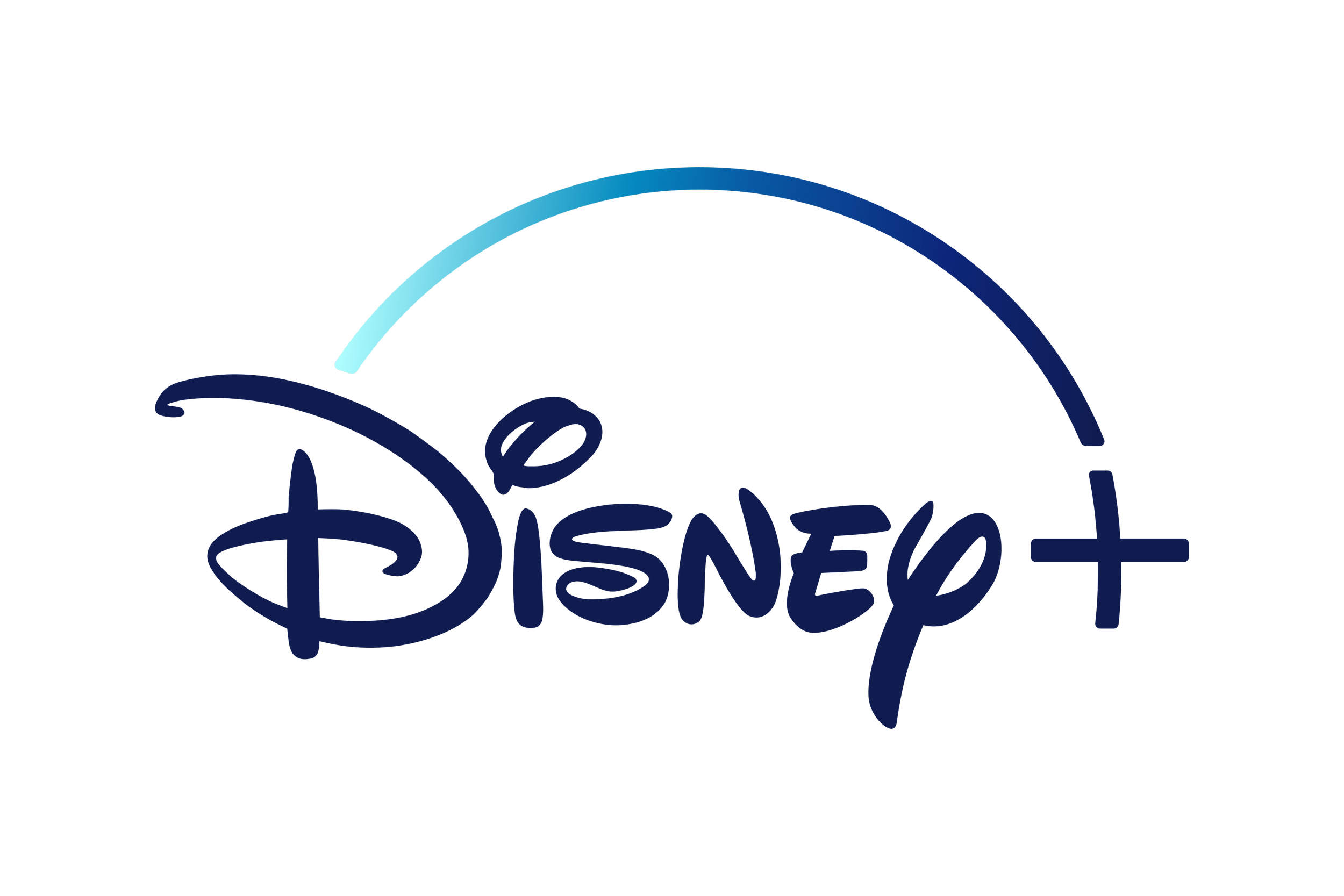Netflix Watchparty
A conceptual feature designed to drive social engagement through hosting synchronous watch parties with friends (case study)
Role
UX Designer
UX Researcher
Ideation
Interaction Design
Prototyping
Duration
August 2022 (1 month)
Team
Sachi Shirali
Luke Chang
Jonathan Jew
Discipline
User Research, Interviews, & Analysis
Idea Generation
User Persona Development
Rapid Prototyping (Lo-Fi)
Usability Testing & Evaluation
Despite waves of accomplishment since its 2007 launch, Netflix has been dealing with immense pressure from its competitors in the streaming space; thus making it exceedingly important to offer features that differentiate itself from the rest of the market.
Netflix, Disney+, HBO, and Amazon Prime seemingly function alike in the sense that their content is filtered to a user's preferences, making each experience an individual one. By implementing features allowing for social connection among users, Netflix could set itself apart from other services in the streaming space.
Our solution planned for users to create private events where they could schedule a date, time, and movie; send an auto-generated link; and meet virtually with friends. Upon joining the event, users would be able to view content synchronously while sending in-video chats (and emojis).
The Challenge: Make It Social
The Solution
Offer options for socialization
Fosters a sense of camaraderie between users
Allows users to choose how they want to socialize (with a group of friends or a live stream with other users)
Personalization features
Allow users to customize their preferences
Create private groups and make a group name
Make it playful & engaging
Instantly connect with other viewers
Exchange emojis and fun comments with one another to further engage with others
The Mindset: Collaboration, Trust, Transparency
Because this was our very first collaborative UX Design sprint, it was imperative that we created an environment where everyone felt comfortable sharing their ideas. By being conscious of this, there was ample opportunity for each member to share their input during the entire process. There was a mutual understanding between the three of us that we were all still learning so we took it one step at a time to ensure maximum understanding of a concept.
Our team adopted a strategy we called a brain dump - during all the diverging phases of the double diamond process, each of us took ten minutes to scribble down as many ideas as possible which we would then pare down into one solution as a group. This team-wide alignment gave life to tons of wonderful ideas and promoted ownership of ideas.
The Double Diamond Design Model heavily influenced our approach
Phase I: Discover
The discovery phase played a crucial role in paving the path for the rest of the project. It allowed us to define our project milestones, construct a realistic timeline, review the competitor landscape, and begin the preparation for interviews about user needs, behaviors, and pain points.
Competitive & Comparative: Feature inventory
In our initial approach, we conducted a competitive and comparative analysis highlighting where Netflix may have been lacking in comparison to its competitors. However, upon a quick evaluation, we quickly found that engaging in a feature parity was not strategic and didn’t take into account the interests of Netflix’s users. Not only that, but the side-by-side analysis of different streaming services did not offer any valuable insight into how that would inform our decisions moving forward.
We needed to find a way to make the streaming service more meaningful to users.
Netflix’s popularity made it easy to find willing users for interviews. The strict deadline of the project meant that we needed to conduct our interviews as efficiently as possible leading us to conduct interviews individually. Flying solo was a great learning opportunity because we gained more experience on how to engage in a typical 1:1 user interview. Together, we conducted a total of 10 user interviews.
Soon after, we worked together in creating an affinity map to make sense of this tidal wave of knowledge. This research technique was crucial to synthesizing our research to gain a concrete understanding of our user behaviors and needs.
User Interviews
Phase II: Define
Major Insights
Theme 1: Create a sense of belongingness
People enjoy that feeling of togetherness and being part of something larger than themselves
Sharing moments with people makes them feel closer to one another
Theme 2: Be playful
Watching movies with friends is fun, and the feature should be fun too
Engage people emotionally
Theme 3: Be simple
More clicks mean a more frustrated user, so keep it simple. No frills!
Storytelling: Sam’s Journey
In order to map out the end-to-end experience for the user, we constructed a prospective user flow. This allowed us to visualize what a user might see during their journey and ultimately see where we might focus our attention.
As we were constructing our flow, it was helpful to view the problem through Sam’s eyes. We quickly identified a flow that delivered a simple, yet delightful experience for our users.
Mapping out the user’s potential emotional state was necessary for visualizing their journey through the feature.
How Might We… design a feature on the Netflix site to foster a feeling of social connection and togetherness among users?
“We constantly spoke through the perspective of the persona to empathize with them and to better guide our design decisions.”













